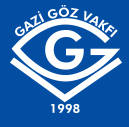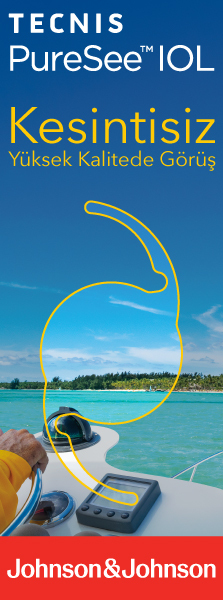Method: The study included 14 eyes of 14 patients who underwent Nd:Yag laser hyaloidotomy between January 2022 and January 2024. The patients? age, gender, causes and diameters of subhyaloid hemorrhage, the time from the onset of complaints to laser application, initial best corrected visual acuities (BCVA), 1st week and 1st month BCVAs were recorded. Fundus photographs were taken.
Results: Six of the patients had Valsalva retinopathy, 4 had diabetic retinopathy, 2 had retinal vein occlusion, 1 had choroidal neovascularization, and 1 had retinal macroanesrysma. The mean time between symptom onset and application time was 12.07±10.77 days. Subhyaloid hemorrhage areas had an average optic disc diameter of 7.14±3.27. While Nd:Yag laser hyaloidotomy was successful in 13 of 14 eyes, it was not successful in the patient with the longest application time and the largest bleeding area.
Conclusion: Nd:Yag laser hyaloidotomy is a cheap, effective and safe method used in subhyaloid hemorrhages due to different etiologies. It can be preferred in patients with only one eye or in patients who work in jobs that require rapid visual recovery. Visual recovery is generally good, although it depends on the underlying disease.
Keywords : subhyaloid hemorrhage, valsalva, yag laser




